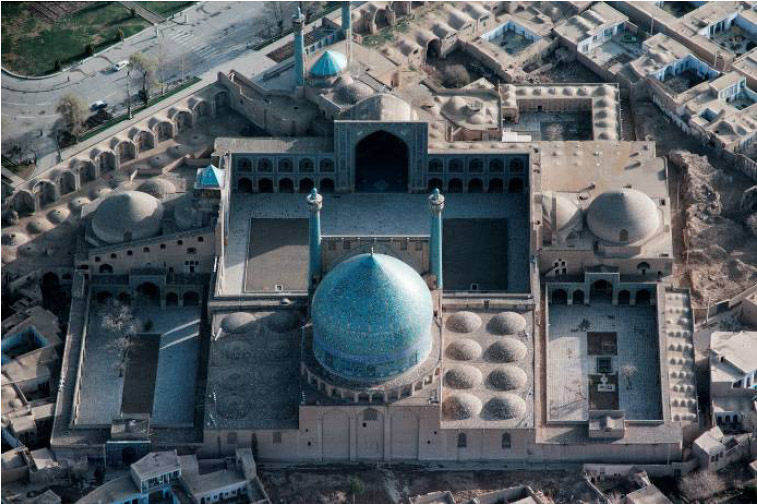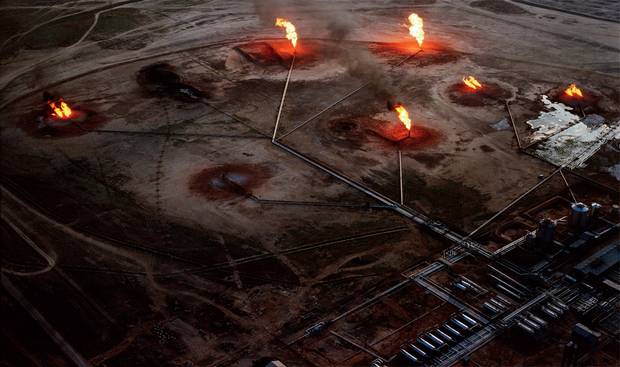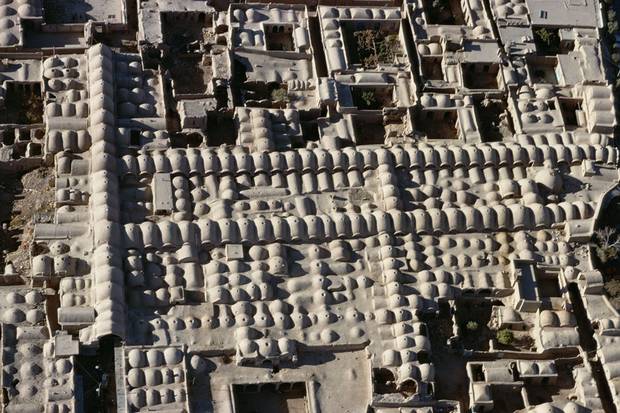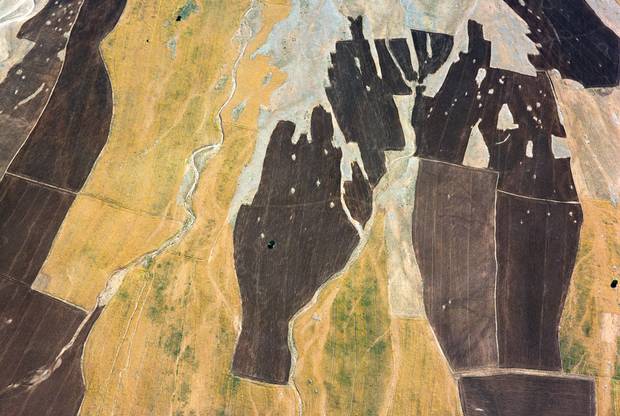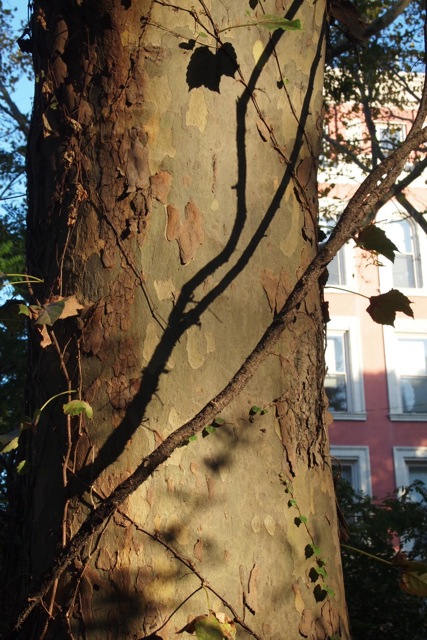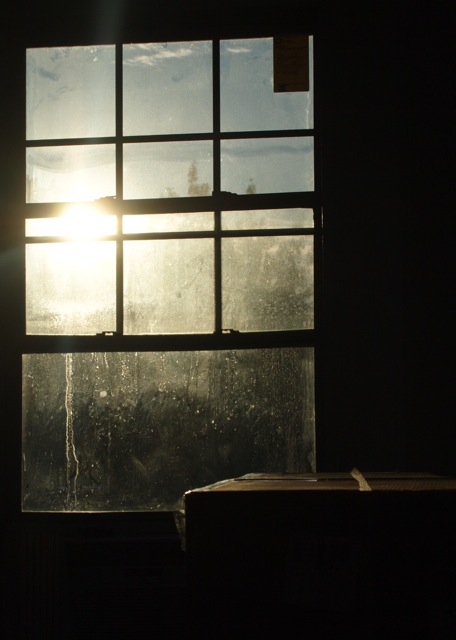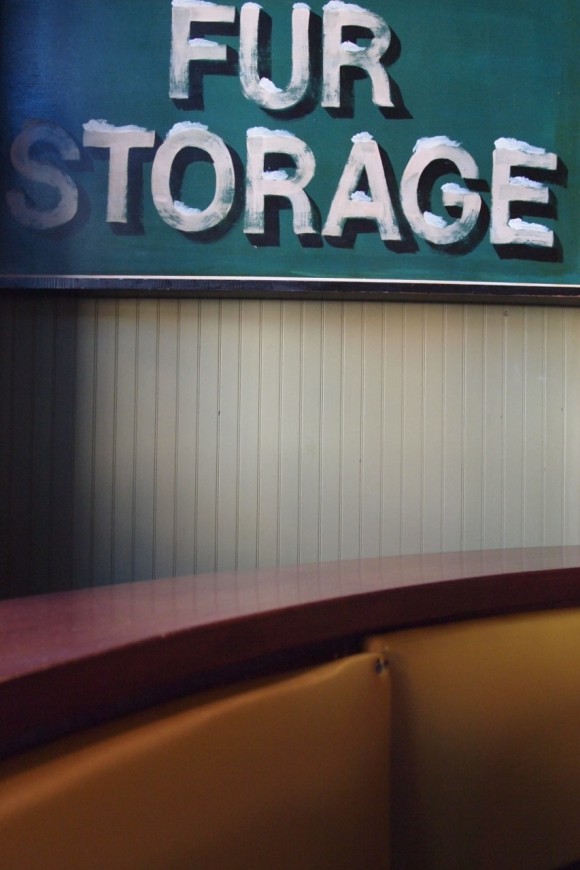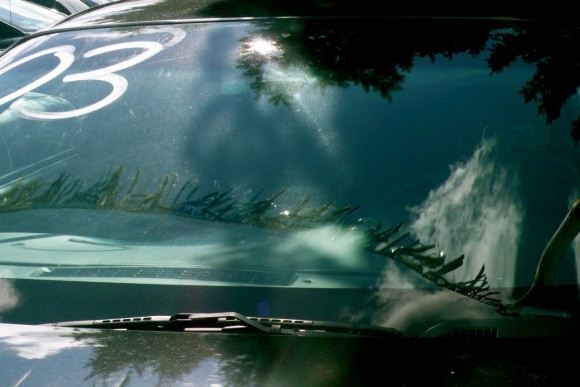Monday’s Muse: Paradise Lost, Persia from Above
Paradise Lost, Persia from Above by Georg Gerster.
It is not only the colours and the concept that appeals to me so much in these images, by Swiss photographer Georg Gerster, but the bravery behind making each of these photographs possible. They are beautiful and dangerous, the perfect attributes for a Monday’s Muse! I found this little excerpt from The Independent which reveals a little on the owner of the eyes behind the lens. Enjoy!
—————————————-
The Independent: Pioneer in aerial photography Georg Gerster, who captured stunning images of 1970s Iran from the air, explains how he came to undertake such a perilous and rewarding photographic journey.
“Flying on business over Iran, I had been struck by the thought that Persia’s natural and cultural landscape was predestined to be viewed from the air, with its salt deserts, gardens like slices of paradise, and waterless wind-sculpted wastelands. Its settlements are textbook examples of architecture without an architect, and the qanats, underground aqueducts, form graphic patterns. The idea of the bird’s eye view certainly wasn’t incongruous: the Homa, half eagle, half bird of paradise, is a mythical beast of Persian mythology, a harbinger of good fortune. On 12 October 1975 I delivered a letter by hand to the imperial court in Tehran, suggesting that I should produce a book, ‘Persia through the eyes of the Homa’.
My position for taking photographs, half sitting, half lying, couldn’t exactly be described as comfortable, but I had an almost clear field of view, with just a hazy marginal vortex caused by the hot exhaust from the engines. There was no sensible way of conversing with my archaeological guide in the cockpit, however – trying to shout over the noise of the engines through the open doorway was of little use. So the captain simply switched off the engines.
Between 11 April 1976 and 30 May 1978, I made more than a hundred flights, completing 300 flying hours. Our planning took into consideration the change of the seasons, as far as was possible, which brought some wonderful discoveries: spring in the Azarbayjan highlands is one of the most beautiful spectacles this earth has to offer. We wanted to cover every part of the country, which almost overstretched the range and capabilities of our aircraft – it took several attempts to cross the Alborz mountains.
The upheavals in Iran put an end to my photographic flights, and the planned book had to wait thirty years”.


